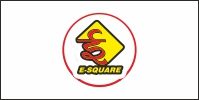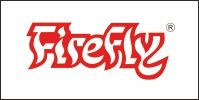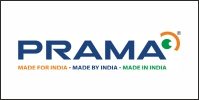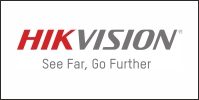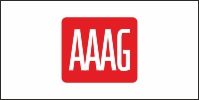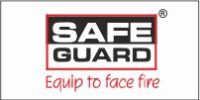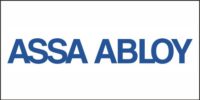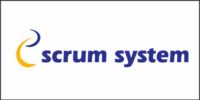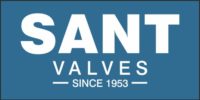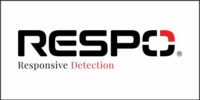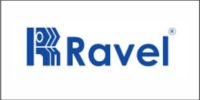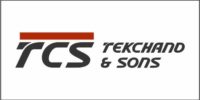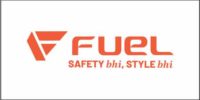
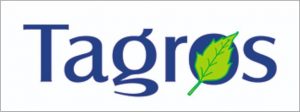 About Company: Established in 1992, Tagros holds the position as the flagship company of the esteemed Jhaver group, a distinguished business entity with century-long legacy. Tagros maintains business with state-of-the-art manufacturing facilities located in Panoli, Dahej & Ankleshwar (Gujarat), as well as Cuddalore (Tamil Nadu).
About Company: Established in 1992, Tagros holds the position as the flagship company of the esteemed Jhaver group, a distinguished business entity with century-long legacy. Tagros maintains business with state-of-the-art manufacturing facilities located in Panoli, Dahej & Ankleshwar (Gujarat), as well as Cuddalore (Tamil Nadu).
Introduction: As National Safety Week is an annual observance that serves a vital reminder of the importance of safety in all aspects of our lives, Tagros celebrated not only the traditional aspects of safety but also its intersection with broader themes of sustainability & social responsibility.
Tagros accords paramount significance to Safety, deeming it an intrinsic functional cornerstone within the organizational ethos. Aligned with this pledge, Tagros diligently strives to deploy resilient safety protocols, prioritizing personnel welfare and asset preservation.
Tagros orchestrated the following array of activities throughout the entire week of National Safety Week, spanning from the 4th of March to the 11th of March
- Employee taking safety Pledge & raising NSD flag:
At the morning flag ceremony, the Contract and company operators, along with the Site unit head, performed the flag raising ceremony and took safety oath to help employees remember their commitment to workplace safety and achieve the objectives.
- Onsite PPE’s Exhibition:
The PPE Exhibition heightens awareness of PPE’s crucial role in averting workplace injuries and illnesses. Hosting an on-site exhibition accentuates the organization’s dedication to employee safety, nurturing a robust safety culture.
- Encouraging Safety Suggestions from employee:
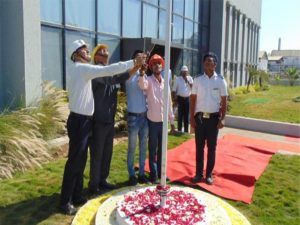 Employee-generated safety recommendations are invaluable for enhancing workplace safety. By incorporating and implementing these suggestions, Tagros as organization can continually refine safety protocols, adapting to the evolving workplace dynamics and emerging risks.
Employee-generated safety recommendations are invaluable for enhancing workplace safety. By incorporating and implementing these suggestions, Tagros as organization can continually refine safety protocols, adapting to the evolving workplace dynamics and emerging risks.
- Organising Emergency drills:
Drills aid individuals and organizations in readiness for diverse emergencies, ensuring employees understand proper actions and reactions in real-life scenarios. Therefore, through emergency drill competitions, employees assessed and tried enhancing their response plans and procedures, identifying strengths and areas for improvement.
- Blood donation Camp:
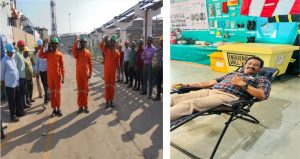 Blood donation camps serve as critical support for individuals requiring blood transfusions in medical emergencies, surgeries, accidents, or chronic illnesses. Therefore, orchestrating these camps underscores our unwavering commitment to social welfare within our employee engagement initiatives. These initiative immensely contributes to Societal Well-being.
Blood donation camps serve as critical support for individuals requiring blood transfusions in medical emergencies, surgeries, accidents, or chronic illnesses. Therefore, orchestrating these camps underscores our unwavering commitment to social welfare within our employee engagement initiatives. These initiative immensely contributes to Societal Well-being.
- Safety Tool Box:
The objective of a safety toolbox competition is to promote safety awareness and practices within our organization. This activity was carried out area wise in presence of judge. This was spot activity. Make chits of TBT topic. Participant randomly choose & they were to speak on the topic. Memento was given on spot.
- Presentation on Case study:
Presenting case studies on safety incidents is KEY towards enhancing safety awareness, sharing best practices, fostering collaboration, and driving continuous improvement within our organization. To actualize this vision, we orchestrated a case study competition spearheaded by the leadership team.
- Best Hazard identification competition:
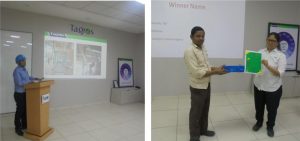 The Hazard Identification Competition was organized to motivate employee to actively identify and comprehend potential hazards in their areas, cultivating a safety-oriented culture. It challenges participants to think critically and innovatively, fostering a proactive approach to risk management. Ultimately, the primary goal was to diminish the probability of accidents, injuries, and incidents by proactively recognizing and mitigating hazards before they escalate into emergencies.
The Hazard Identification Competition was organized to motivate employee to actively identify and comprehend potential hazards in their areas, cultivating a safety-oriented culture. It challenges participants to think critically and innovatively, fostering a proactive approach to risk management. Ultimately, the primary goal was to diminish the probability of accidents, injuries, and incidents by proactively recognizing and mitigating hazards before they escalate into emergencies.
- Safety model by children:
Ensuring family members participation in safety week celebrations, employees feel a heightened sense of accountability for their own safety actions and decisions. Knowing that their families are also informed about safety practices and the organization’s expectations further reinforces this accountability. With that purpose in mind, we organized Safety Model By children of the employees.
- Role play:
Role-playing allows participants to simulate real-life safety scenarios, honing problem-solving skills and teaching effective hazard responses. It provides first-hand experience of the repercussions of unsafe behaviours, fostering a commitment to workplace safety. Our skit team effectively forged emotional connections while disseminating the message on ESG.

























